At a Glance
Quick Tips
- Maps displaying land ownership are highly recommended
- Cell phone service can be spotty
- Be aware of wet roads, mud can make driving hard
| species | general Size | trophy potential |
|---|---|---|
| Antelope | Dummy | Dummy |


Hunters discussing Unit 65 in South Pass, Wyoming, highlight the importance of understanding point averages and their impact on draw odds. Parties applying together need to consider their combined point average, which determines their eligibility under specific draw categories, like those with less than 6 points. The key takeaway is using tools like GOHUNT’s Filtering 2.0 to evaluate potential draw odds and trophy potential while taking into account any changes from previous years. It’s also suggested to be prepared for land issues, such as securing access to private land for better hunting opportunities, as public lands may be more limited or challenging.
| species | general Size | trophy potential |
|---|---|---|
| Antelope | Dummy | Dummy |
This unit is found in the central portion of the state along the Wind River Indian Reservation and lies just west and south of Lander. Good numbers of antelope are found here along with ample amounts of public land. Much of the western two-thirds of the unit is heavily timbered and mountainous and will generally not hold many, if any, antelope.
Good numbers of antelope are found here along with a decent collection of public lands. Much of the available public lands do not have suitable habitat for antelope and will be nearly useless for hunters. Public land is still available in regions of more suitable habitat though pressure can be high at times.
There is a lot of open prairie with large basins, creek bottoms, and rolling hills that give hunters the opportunity to put on a stalk. Most of the western half of the unit is mountains, timbered, and not suitable habitat for antelope. Antelope will be found throughout the lower valleys but private lands will break up public access in many areas.
Wilderness
Under Wyoming law nonresidents are not permitted to hunt big game or trophy game in any federally designated wilderness areas without the presence of a licensed guide or resident companion. The resident companion must first get a free non-commercial guide license from a Game and Fish office. The law does not prohibit nonresidents from hiking, fishing or hunting game birds, small game, or coyotes in wilderness areas.
There is good public access in this unit with several well-maintained roads, a network of BLM and forest roads and smaller two track roads. Most roads here are in good shape, with a few passable only with four-wheel drive or ATVs.
A lot of open land and high desert prairie along with sagebrush and grasslands can be found here. Croplands dominate the valley floor near Lander. Rocky bluffs, sagebrush, cedars and small trees are common as the elevation climbs into the National Forest.
Lander is the closest town to this unit, and has a lot of options for lodging. Groceries, gas and other stores can be found here as well. Camping is allowed on all public ground for up to 16 days in one location. Hunters can camp in remote locations.
Roughly 867 square miles
79.8% public land
Elevations from 5,300-13,200 feet
18.5% Wilderness